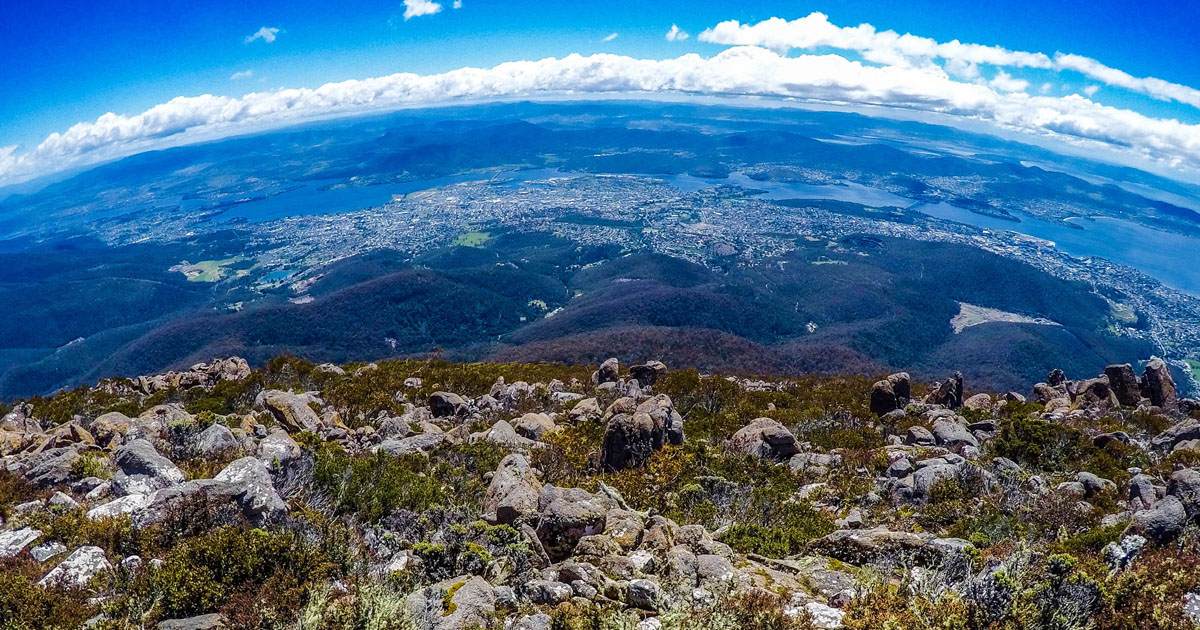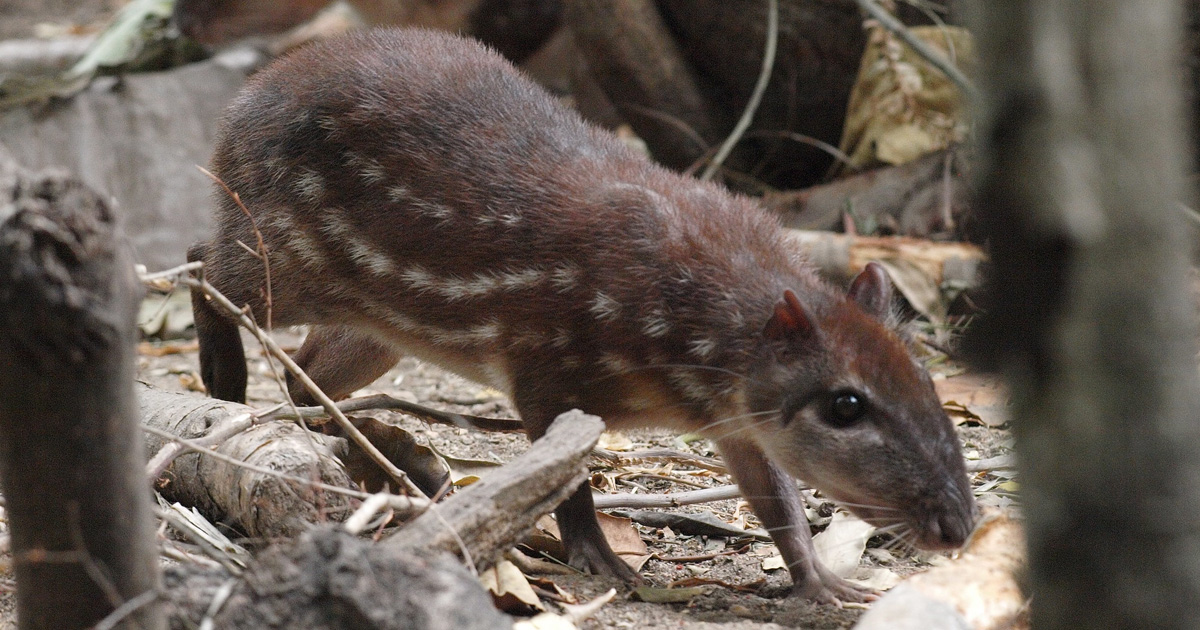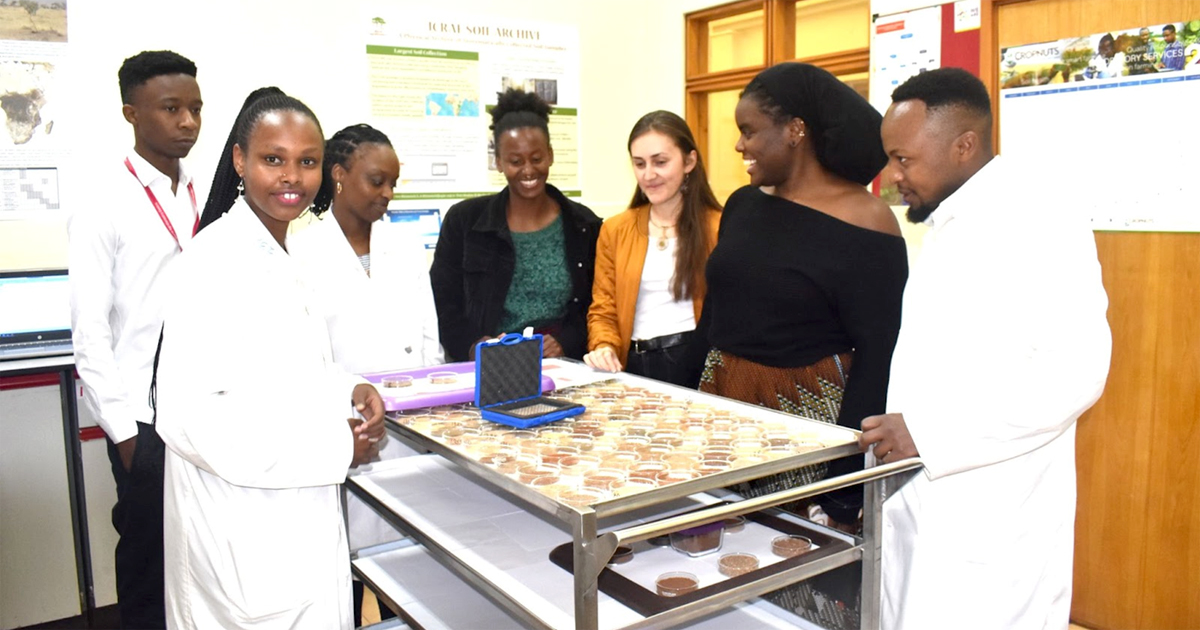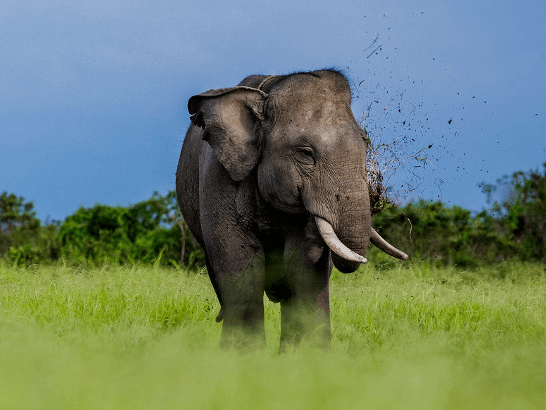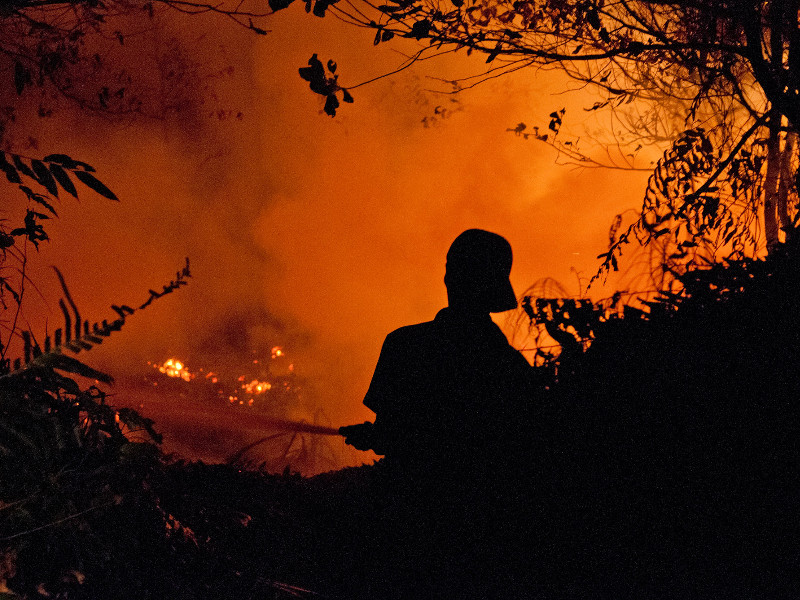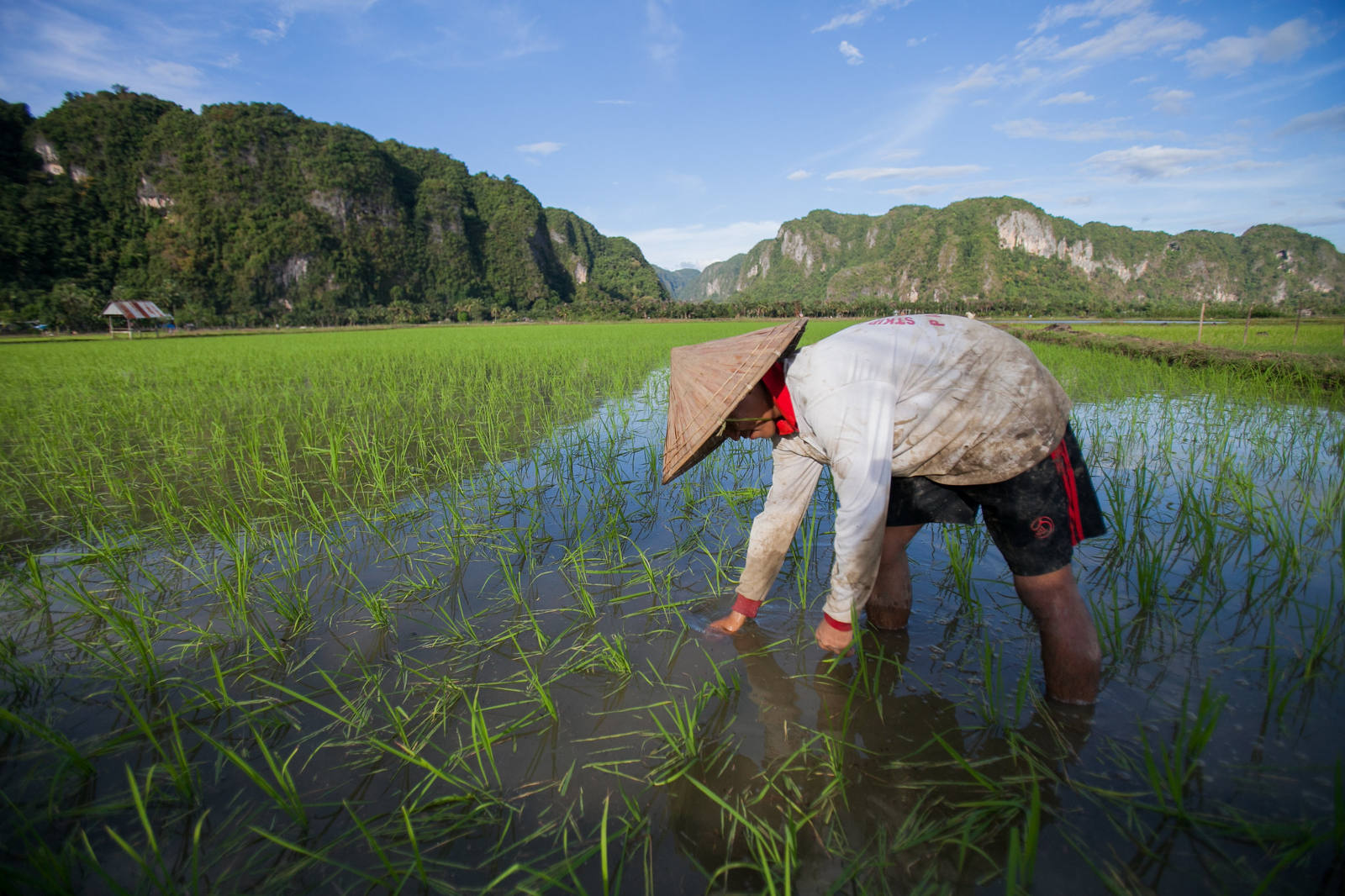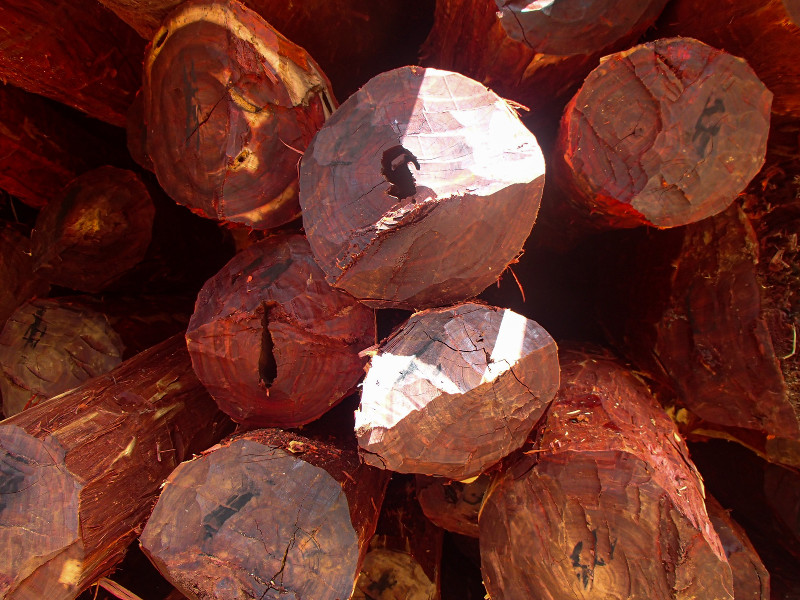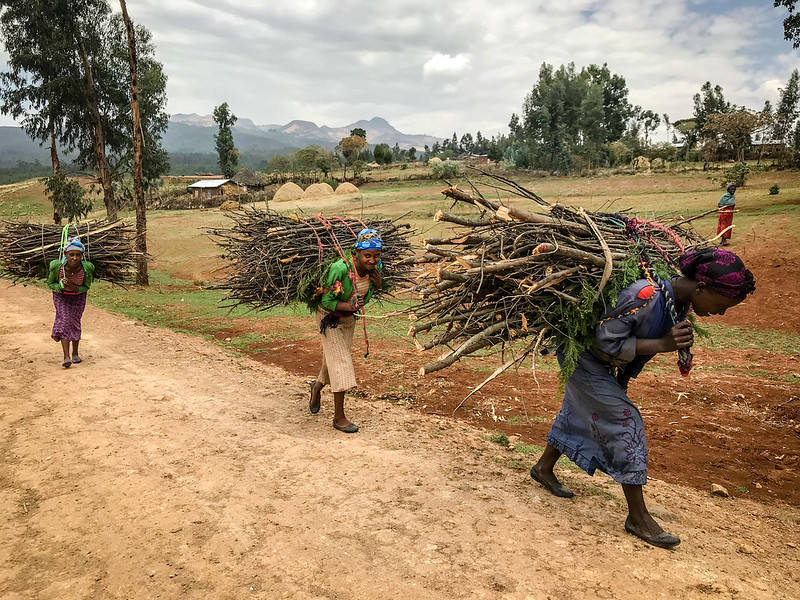This study dynamically analyzes the trade-off between three ecosystem services (ESs), including soil retention, habitat quality, and food supply in the Gorganrood watershed, northeastern Iran. In this regard, several analytic tools including the Integrated Valuation of Ecosystem Services and Tradeoff (InVEST) model, Cellular Automata-Markov Chain (CA-MC) model, Intensity Analysis and Trade-Off (TO) index are employed to dynamically link the process of land use change with the temporal flow of ESs. Two scenarios of business as usual (BAU) and environmentally sound planning (ESP) are developed to produce land use layers under various planning strategies. Accordingly, the BAU scenario is more successful at providing a landscape with a higher acreage of agricultural fields and rangelands. Based on tradeoff index results, the BAU scenario establishes a landscape in which food supply is intensified by declining land capability for providing soil retention and habitat quality services. In contrast, the ESP scenario generates a landscape in which the outputs of the TO index indicate that habitat quality and soil retention benefits are improved by decreasing the potential of the area to supply food. This study emphasizes that a dynamic trade-off analysis of multiple ESs can assist planners and policy makers to make informed decisions and undertake strategic planning in Iran.
DOI:
https://doi.org/10.1016/j.ecocom.2018.09.003
Altmetric score:
Dimensions Citation Count:




